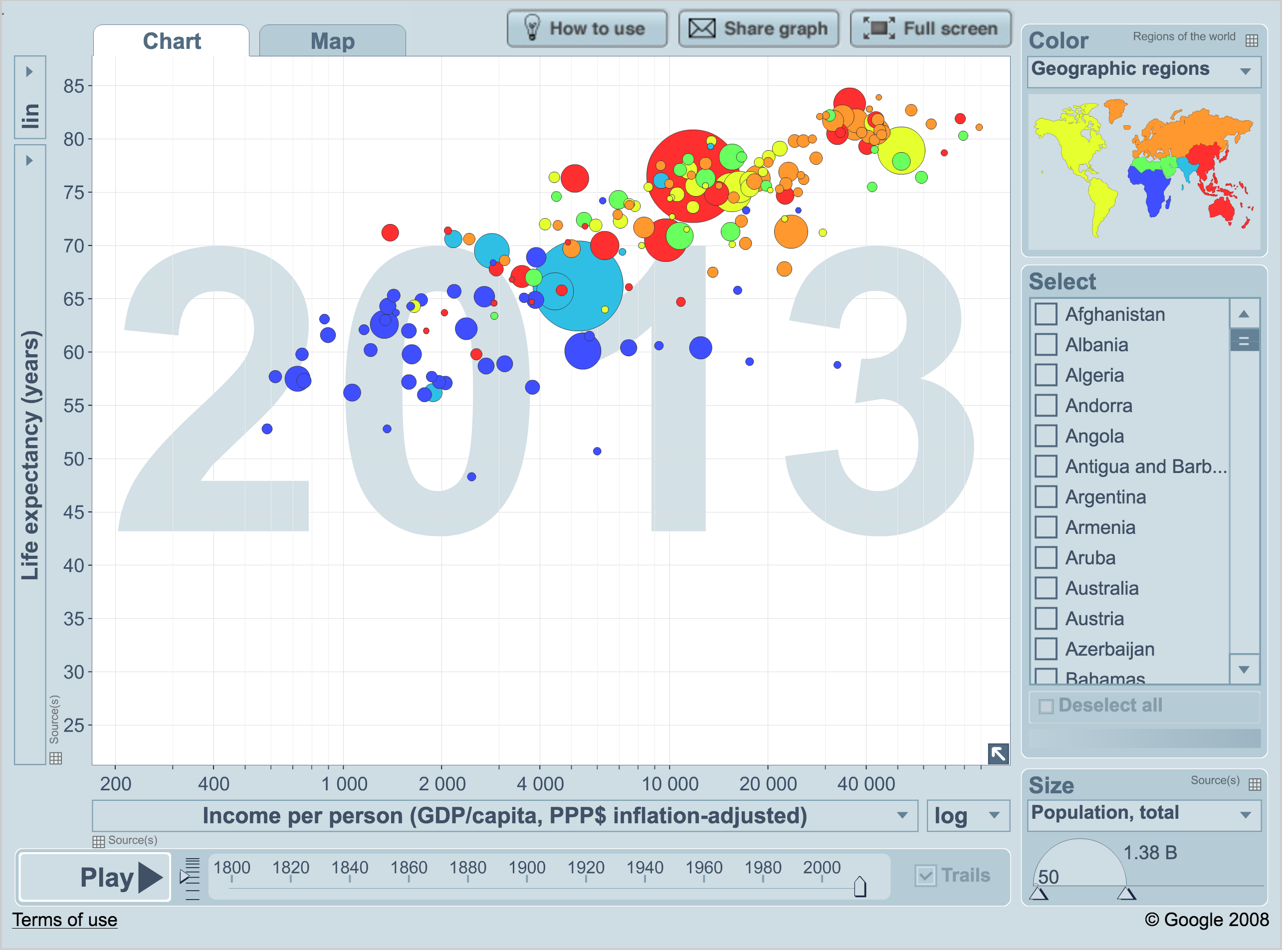It’s easy to miss the news these days. But as a designer who does a lot of work—and writes a blog about—data visualisation and information design, I was fortunate to catch the word that Hans Rosling died. You might know him best from his TED talks, but I became familiar with him through his Gapminder project.

Do I agree with the design decisions? Of course not, just ask anyone who has asked me anything about bubble charts. But that is not the point. He and others laid the groundwork for myself and those newer to the field to work on the presentation of data, and its integration into analysis.
Unfortunately his death comes at a time when the field of data visualisation comes under threat. Not from the Chinese stealing our jobs, or robots doing them better for cheaper, but from those who assail the veracity of data and fact itself.
It’s easy to joke about alternative facts and alternative data—I do it on an almost daily basis now. But, as Rosling knew that accepting facts, even if unpleasant or challenging to your view on things, was critical to public discourse. To quote from Claire Provost of the Guardian, who interviewed him in 2013:
“Rosling stood for the exact opposite – the idea we can have debates about what could or should be done, but that facts and an open mind are needed before informed discussions can begin.”
Hans Rosling, dead at the age of 68.
Credit for the piece goes to Hans Rosling.
